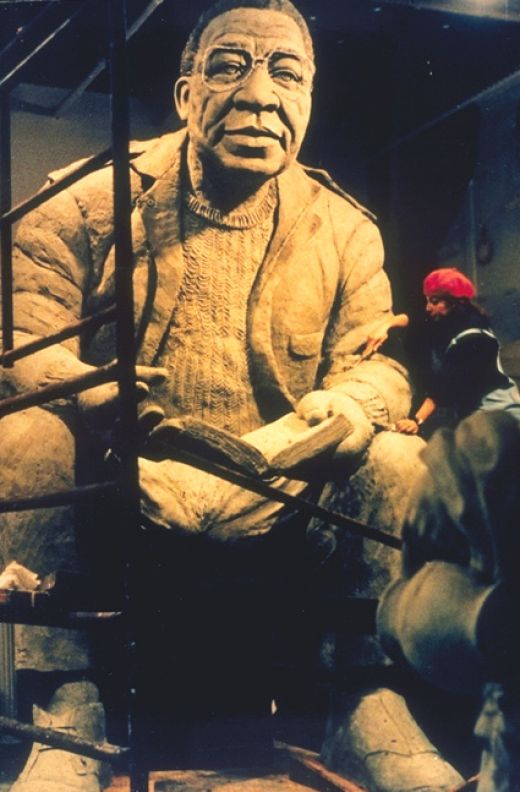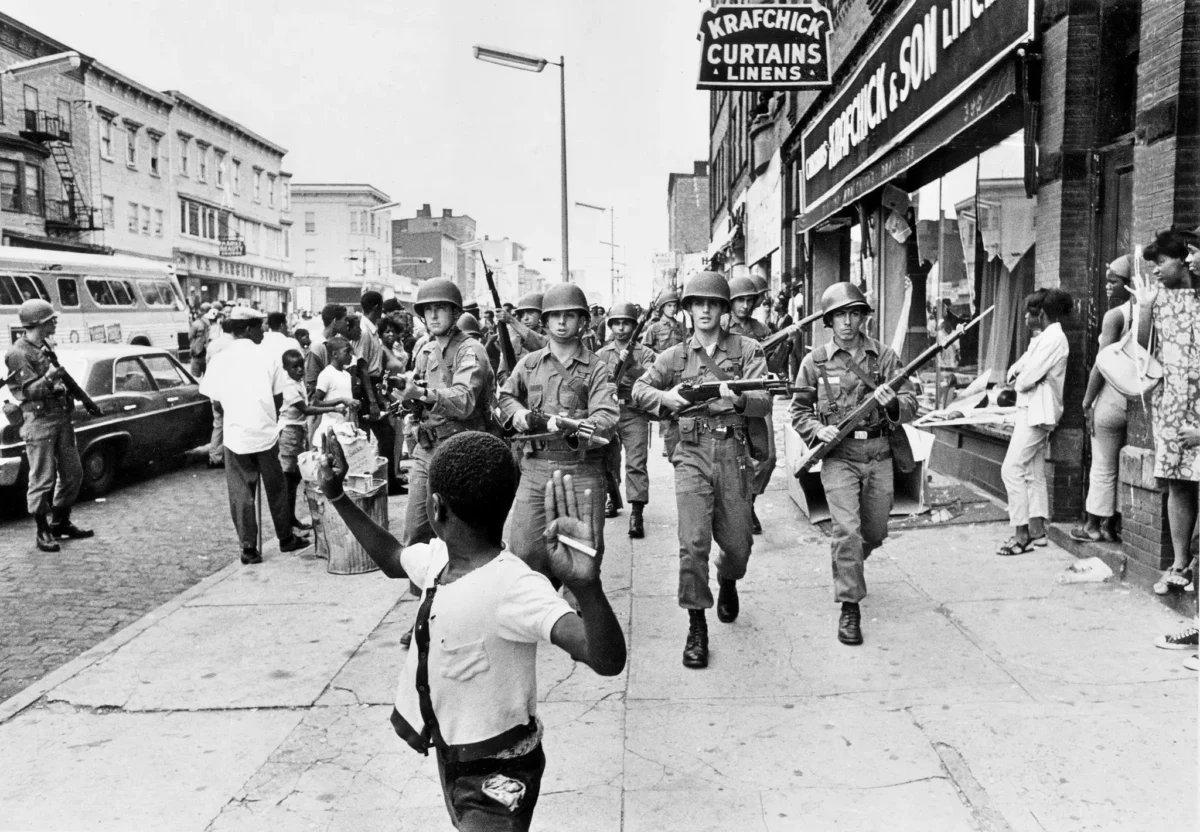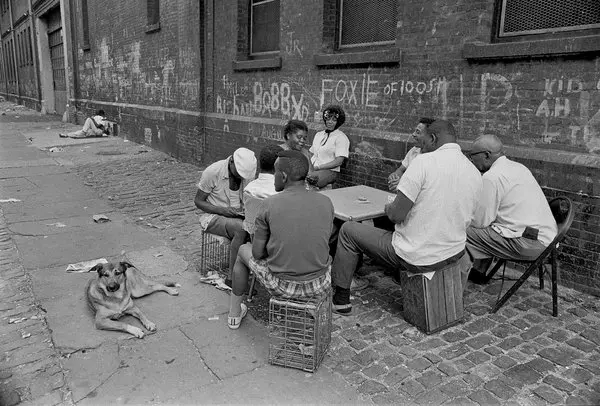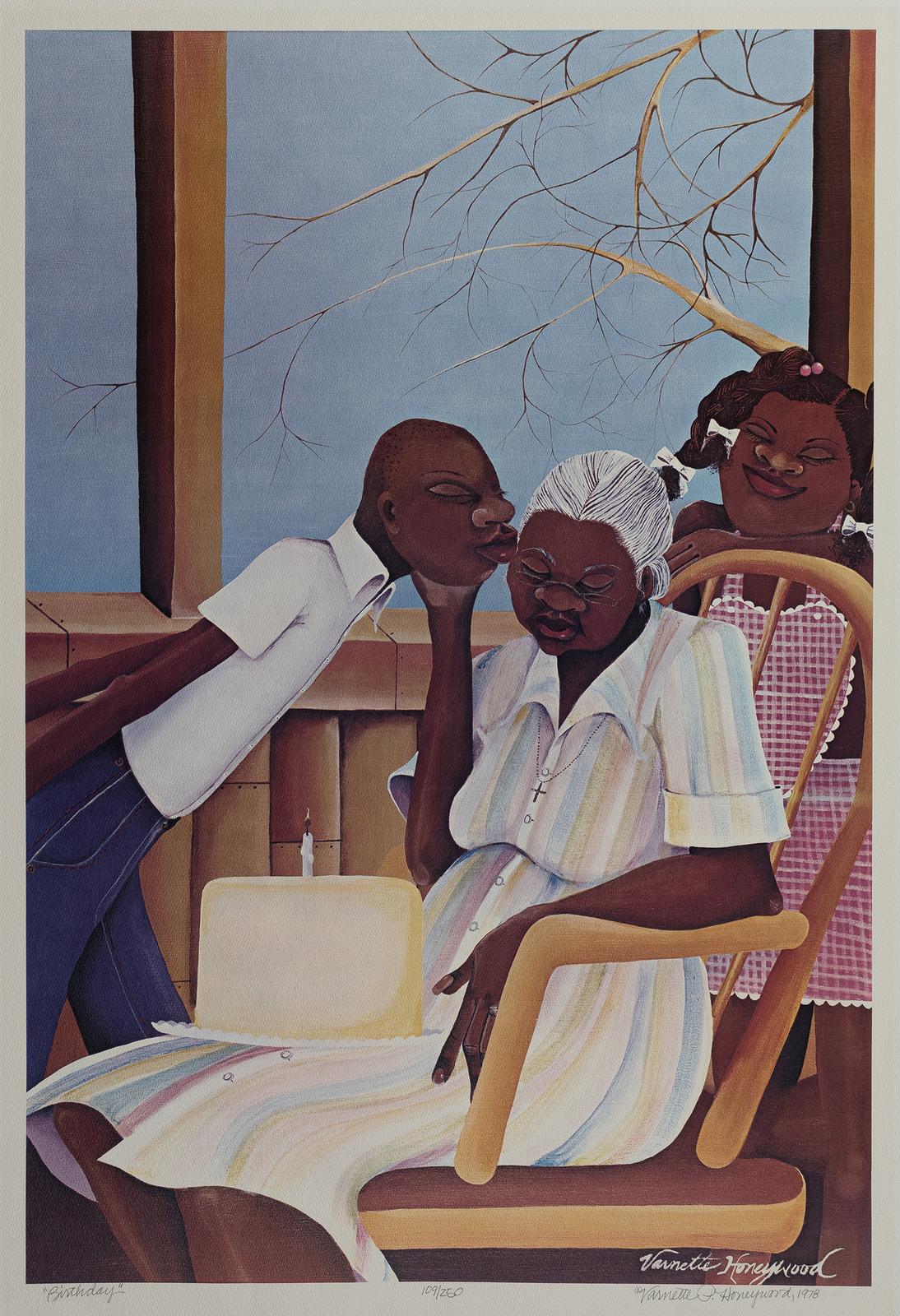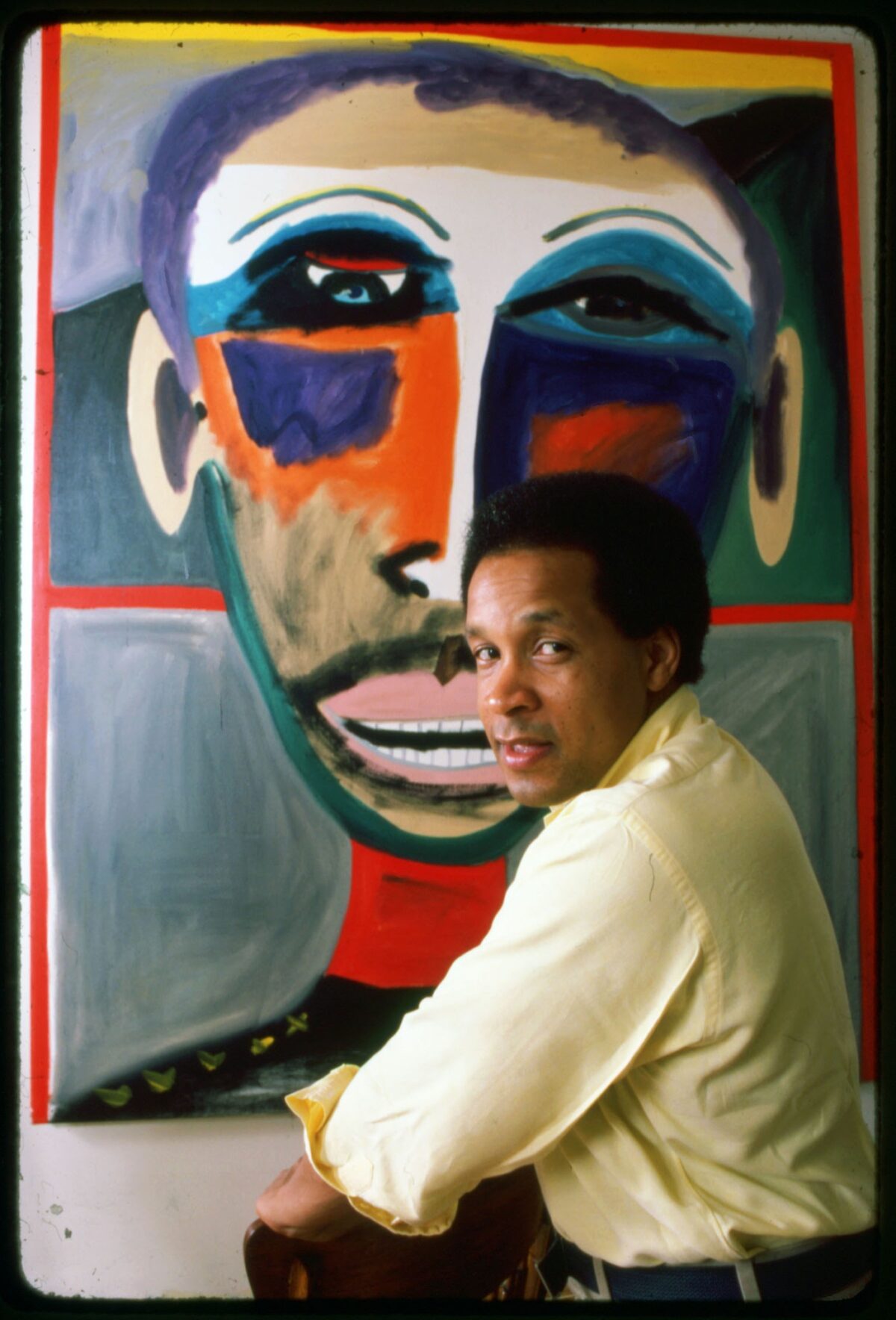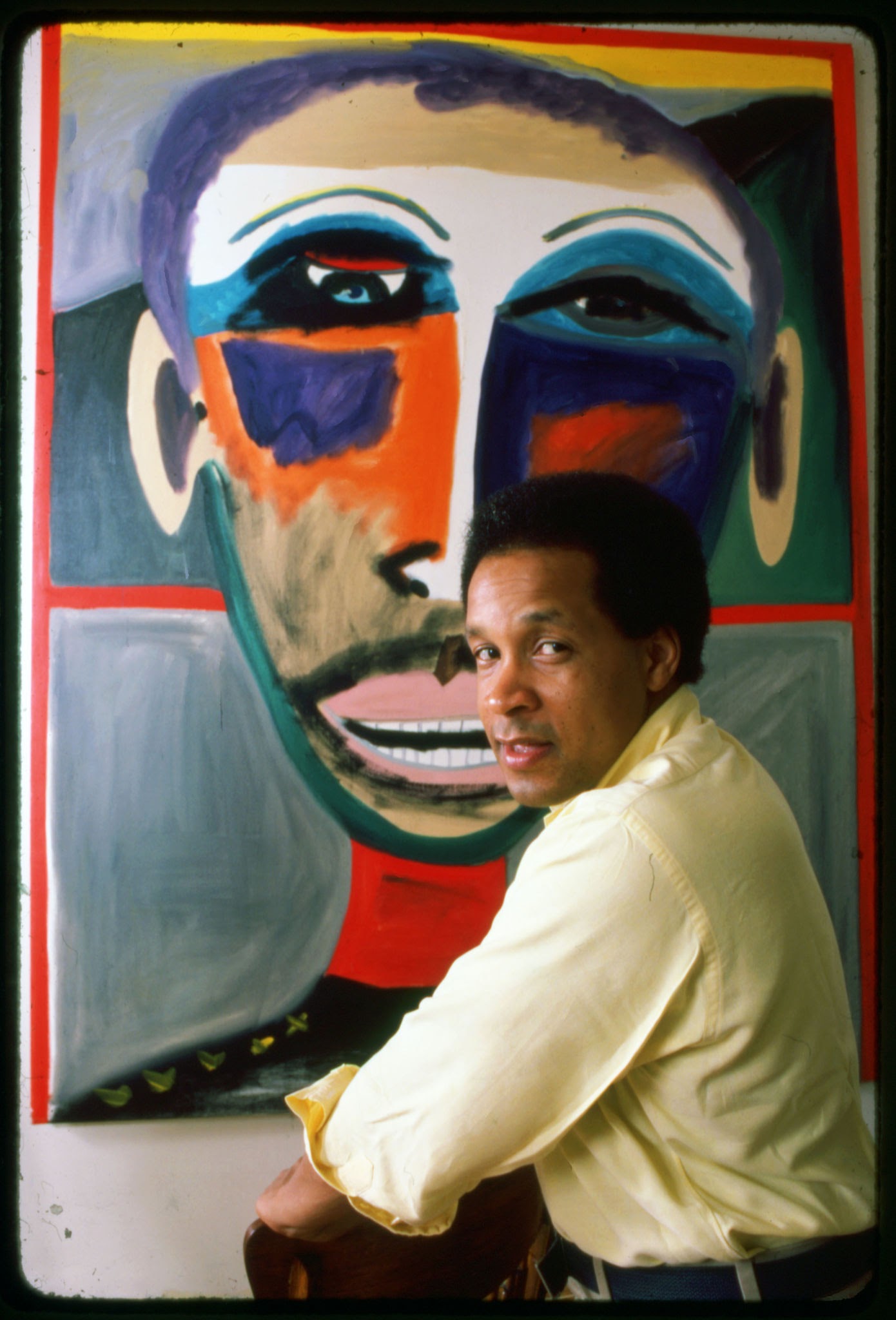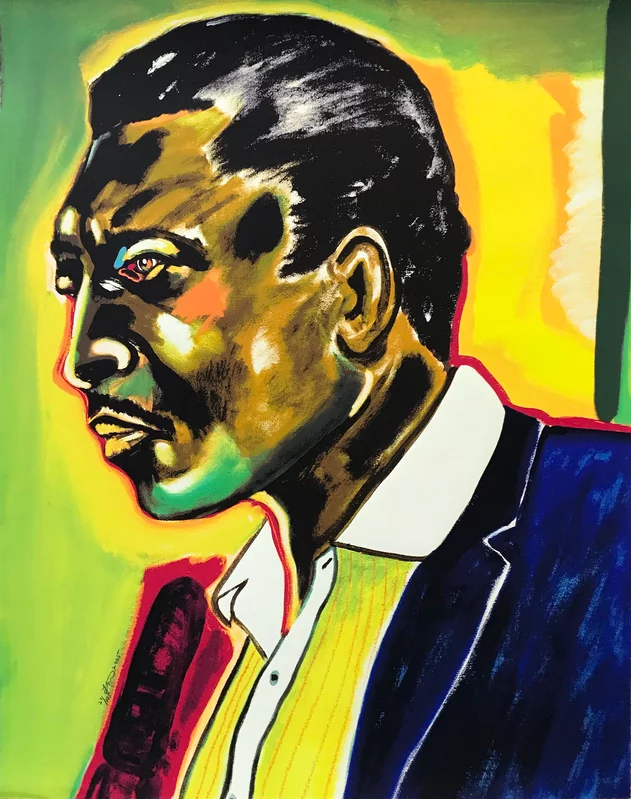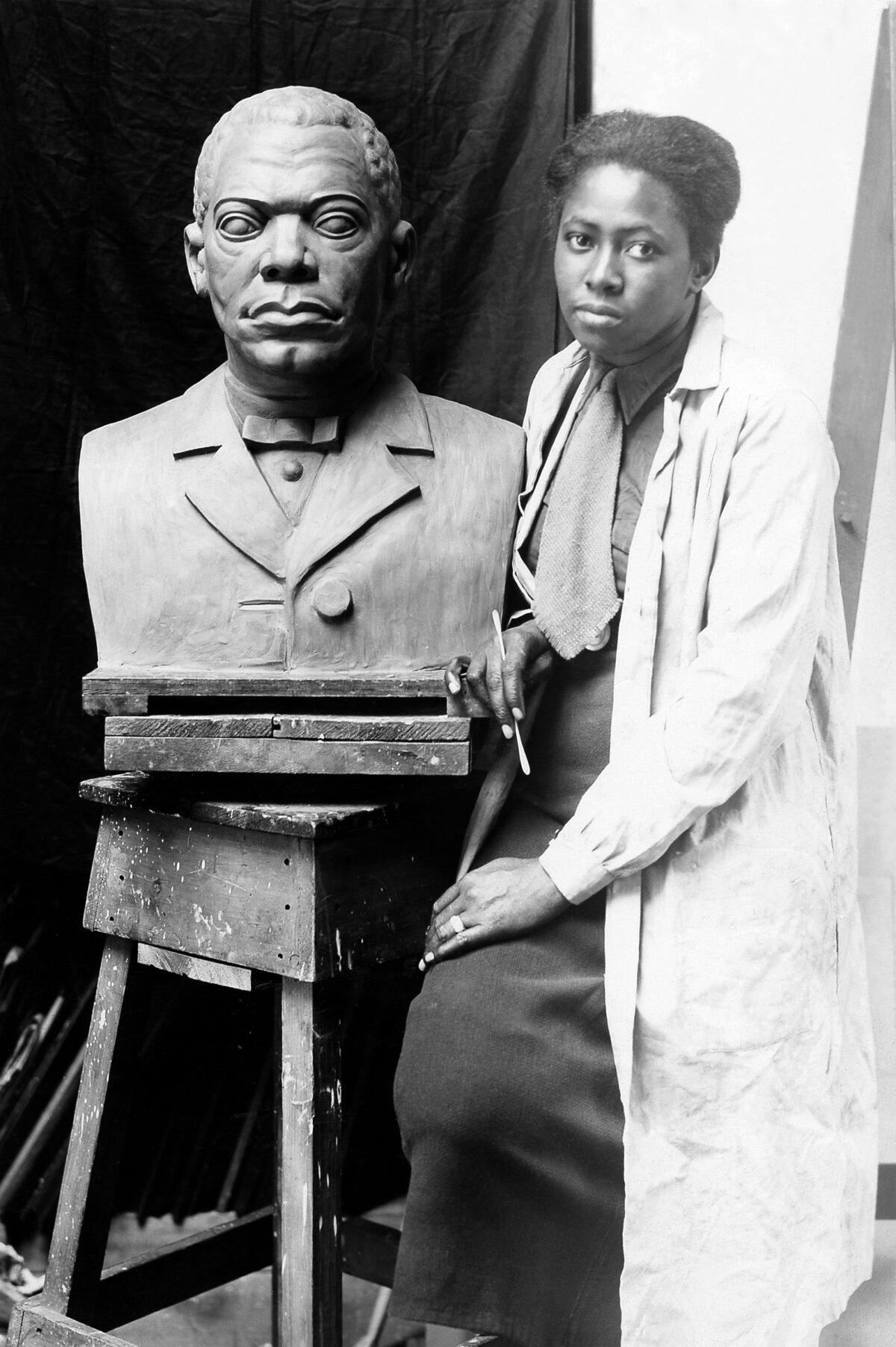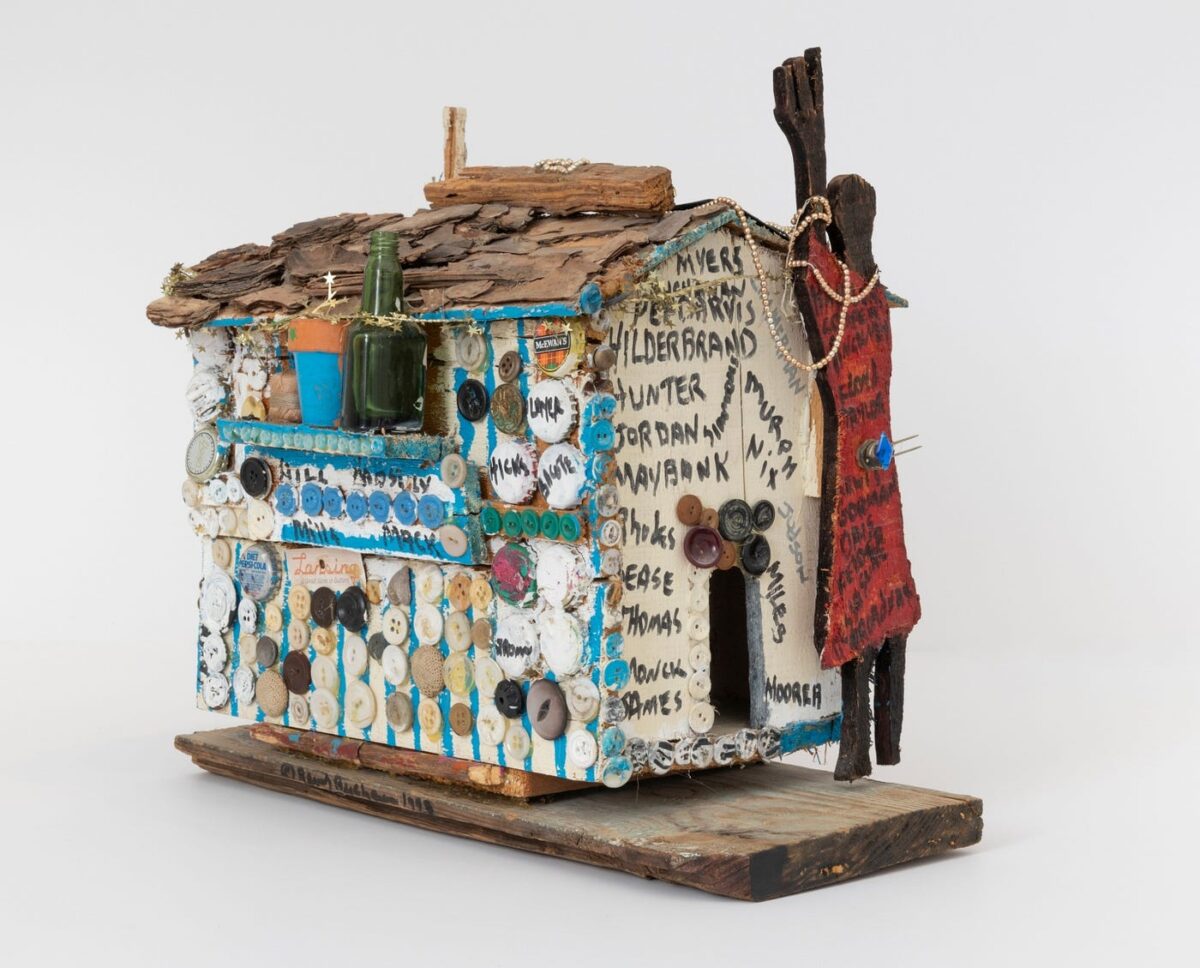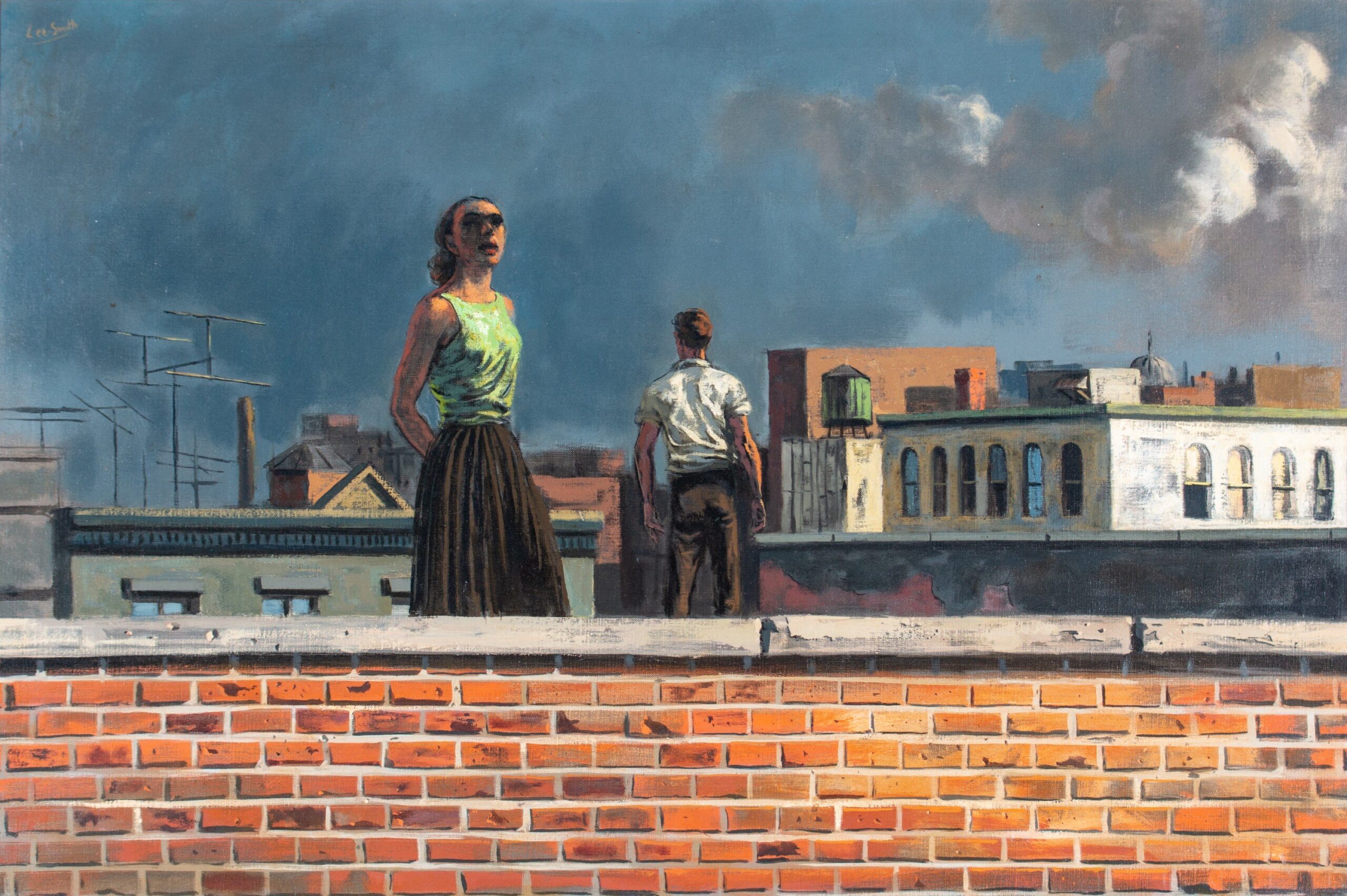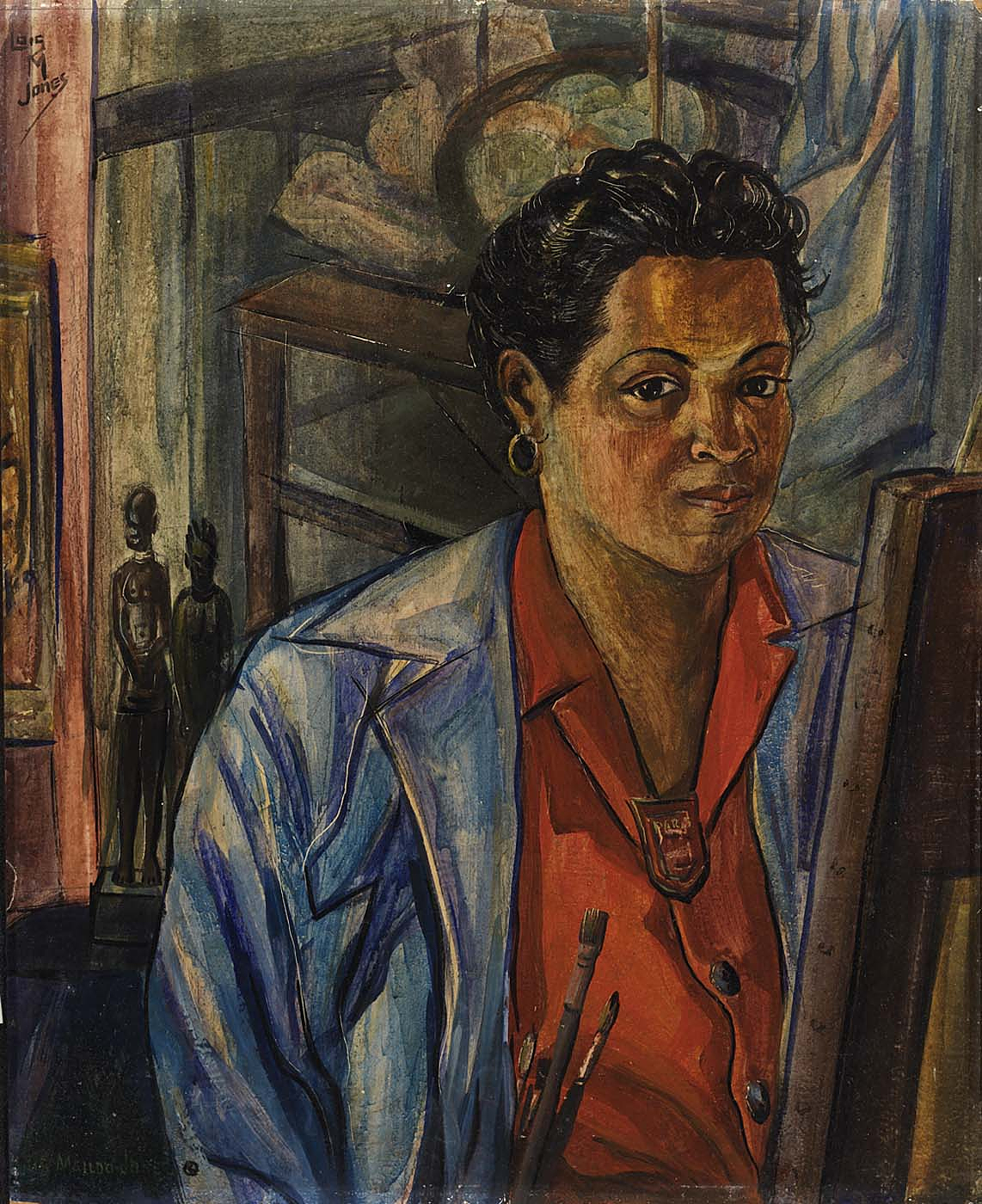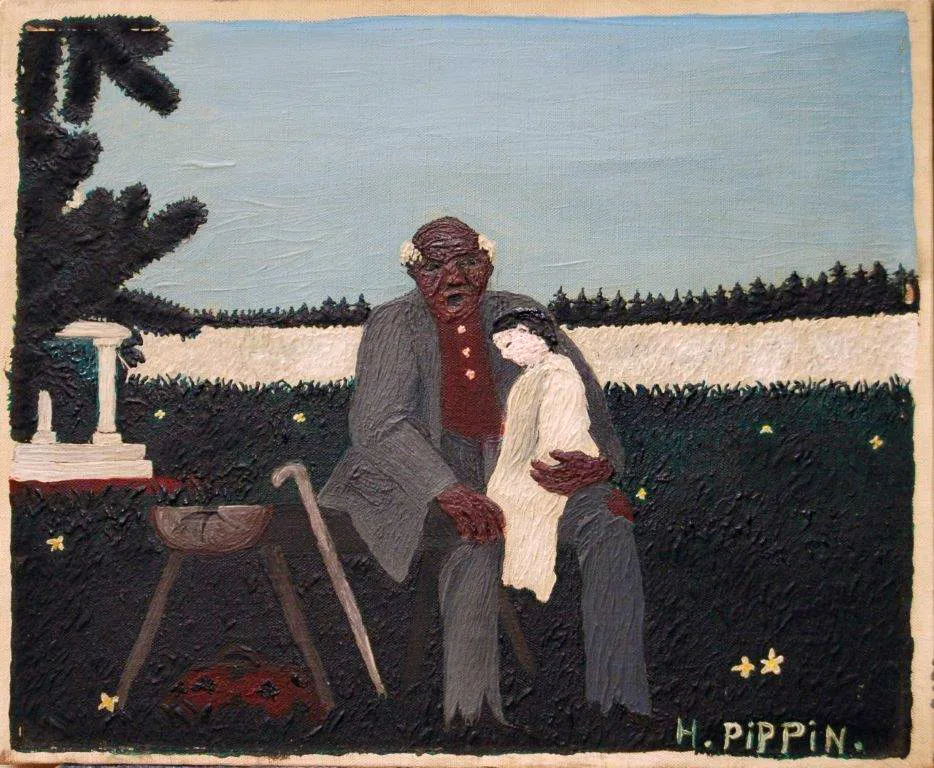Fallen Through The Cracks – Black Artists in History: Geoffrey Holder
Geoffrey Holder
#FallenThroughTheCracks – Geoffrey Lamont Holder was born on August 1, 1930, in Port of Spain, Trinidad. He was an actor, dancer, musician, and artist. He was educated at Tranquility School and Queen’s Royal College in Port of Spain but made his performance debut at seven years old in his brother Boscoe Holder’s dance company.
Seeing him perform in The Virgin Islands, choreographer Agnes de Mille invited Holder to work with her in New York where he joined Katherine Dunham’s dance school and taught folkloric forms. From 1955 to 1956, he performed with the Metropolitan Opera Ballet as a principal dancer but left the ballet to make his Broadway debut in the musical House of Flowers.

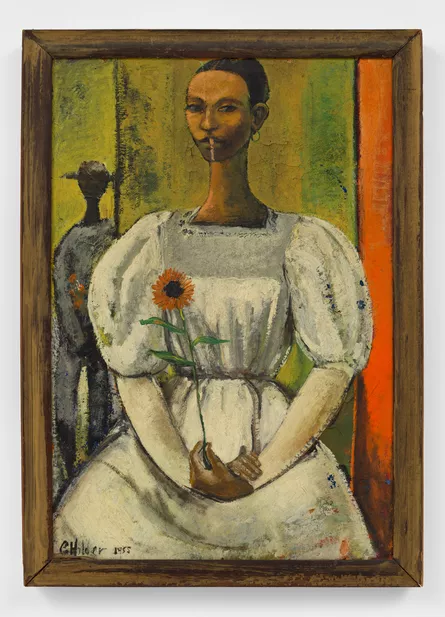
In 1973, he played a henchman in the James Bond movie Live and Let Die and also contributed to the film’s choreography. In 1975, Holder won two Tony Awards for direction and costume design of The Wiz, the all-black musical version of The Wizard of Oz. He was the first black man to be nominated in either category. He also won the Drama Desk Award for Outstanding Costume Design.
Holder was a prolific painter, ardent art collector, author, and music composer. As a painter, he won a Guggenheim Fellowship in fine arts in 1956. In popular culture, Holder is known for portraying Nelson in the 1992 film Boomerang with Eddie Murphy. Geoffrey Holder died in New York City on October 5, 2014, at the age of 84.
(Text paraphrased from Wikipedia and other sources. All Images are the property of the copyright owners. This clip is for educational purposes.)


